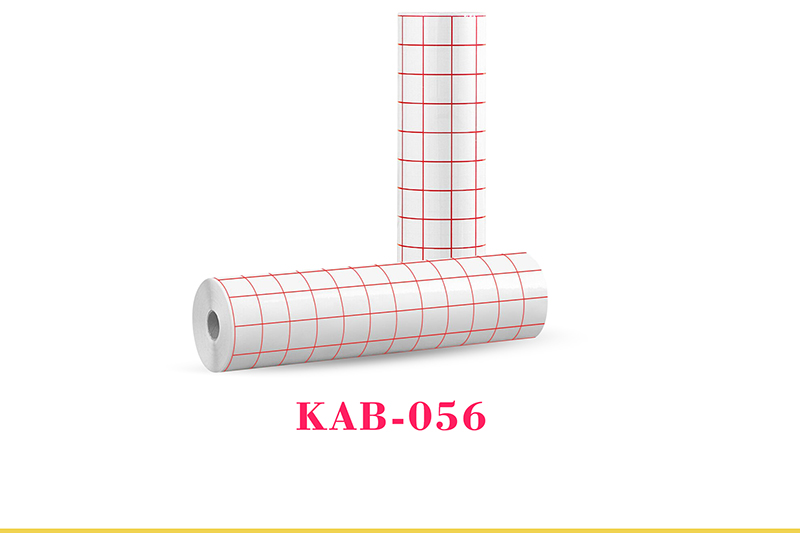Transfer tape and rhinestones are two different materials commonly used in various applications, especially in crafting and decorative projects. Here are the key differences in their application and usage:

1. Application Method: Transfer tape is primarily used as a medium to transfer adhesive-backed materials, such as vinyl graphics, lettering, or designs, onto a desired surface. It involves applying the transfer tape over the adhesive material, smoothing it down, and then removing the backing to expose the adhesive for application. On the other hand, rhinestones are individual decorative gems that are typically applied one by one using an adhesive, such as glue or a heat-transfer method, onto a surface to create a decorative pattern or design.
2. Purpose: Transfer tape is primarily used for transferring and applying pre-cut or pre-printed designs, graphics, or lettering onto surfaces for various purposes, including signage, labeling, or promotional materials. It provides a quick and efficient method for precise placement and alignment of adhesive materials. Rhinestones, on the other hand, are used for adding sparkle, shine, and decorative accents to various items, such as clothing, accessories, or crafts. They are often used to create eye-catching designs and embellishments.
3. Materials Used: Transfer tape typically consists of a carrier film or liner with an adhesive layer on one side. The carrier film or liner provides stability and ease of handling during the application process. Rhinestones, on the other hand, are made of various materials, such as glass, crystal, acrylic, or plastic. The choice of rhinestone material depends on factors like the desired level of sparkle, durability, or budget.
4. Application Surface: Transfer tape is commonly used on flat or slightly curved surfaces, such as walls, windows, or smooth substrates, where the adhesive can adhere properly. It is not typically used on fabrics or textured surfaces. Rhinestones, on the other hand, can be applied to a wide range of surfaces, including fabrics, metal, glass, or plastic, as long as a suitable adhesive method is used. They can adhere to both flat and curved surfaces, offering more versatility in terms of application options.
5. Design Flexibility: Transfer tape allows for precise placement and alignment of pre-cut or pre-printed designs or lettering. It provides a clean and professional finish, especially for intricate or detailed designs. Rhinestones offer more design flexibility, as they can be individually placed to create unique patterns, shapes, or arrangements. They provide a three-dimensional and textured look to the finished design.
6. Removal and Reusability: Transfer tape is typically a one-time use product. Once the adhesive material is transferred and applied, the transfer tape is removed and discarded. Rhinestones, depending on the adhesive used, can be more easily removed or repositioned if desired. They can be reused in different projects or designs, making them more versatile in terms of customization and experimentation.

In summary, transfer tape is primarily used for transferring pre-cut or pre-printed adhesive materials onto surfaces, offering precise placement and alignment. Rhinestones, on the other hand, are individual decorative gems that are applied one by one to create unique designs and add sparkle
